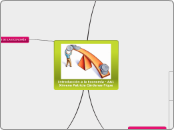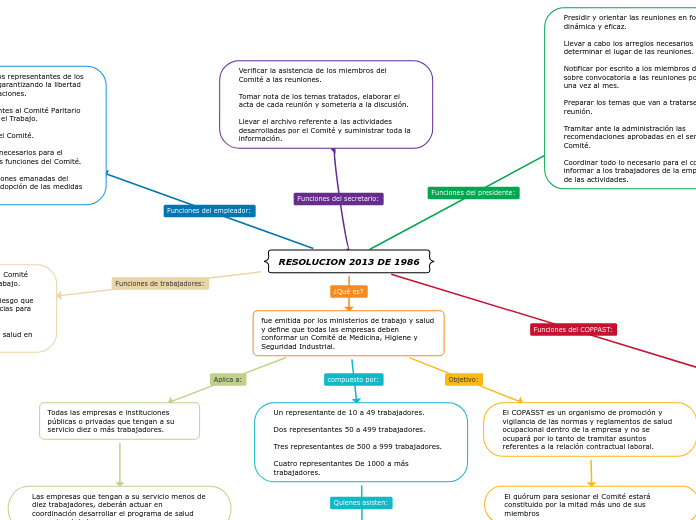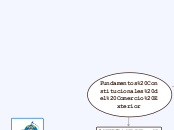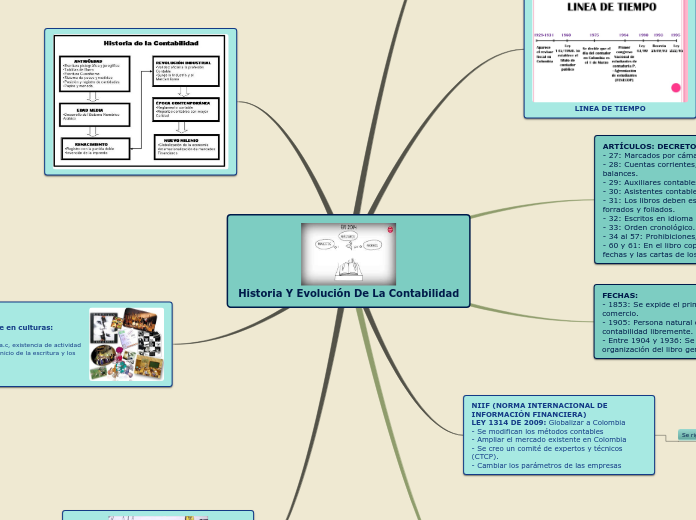Actividades comerciales
To name your story, you have to think about the overall message and what you want your audience to understand from the story. Also, make it relevant and easy to remember.
Los factores que las condicionan
los precios, los impuestos, las campañas publicitarias o los periodos de rebajas inciden en el aumento o disminución de las compras.
un mercado amplio, con un elevado número de potenciales consumidores
la confianza de las empresas; anima a los empresarios a innovar, a invertir y a incrementar la producción
el poder adquisitivo y la confianza de la población
la existencia de una red de infraestructuras y transportes eficiente; menor tiempo posible y en las mejores calidades
Características del comercio actual
The ending of a story is essential. We all know that if the ending is weak, what happened before loses its importance. So make it unpredictable, but fair. A resolved ending answers all the questions and ties up any loose threads from the plot.
Son esenciales por su contribución al producto interior bruto y por las personas que ocupan.
Se concentra, cada vez más, en un número reducido de empresas
Crea una red de relaciones de ámbito mundial
This is the closure section of the story.
See examples of possible outcomes below:
- all problems have been solved
- it's clear how each one of your characters ends up
- your main character is transformed by the challenge
Mueve grandes cantidades de producto
This is the moment when the main character surpasses the last obstacle and finally faces their greatest challenge.
The climax usually follows one of these patterns:
- realization
- resolution
- choice
Type in your answer.
Elementos del comercio
The middle of the story is where you add layers of complications that will lead to the end. Reveal more about the character's journey. Did their personality go through changes? How did they overcome the challenges? And as you build up the story’s central conflict, make it more personal to that character. Also, from the middle act, you have to lead into the final act.
El mercado
es el lugar donde se realiza la compraventa de las mercancías.
Las mercancías
There wouldn't be any tension and excitement in your story if there weren't any obstacles in your character's way.
Son los productos que se intercambian. El precio o el valor se establece mediante la moneda.
A story is nothing more than a character overcoming a series of difficulties to reach the desired goal. Obstacles usually create suspense and conflict. In overcoming obstacles, there is growth: weak becomes strong; hatred turns into love; sadness into happiness; wrong into right; lies into truth; or evil becomes good.
See a few examples below:
- stopping a meteor
- finding a killer
- finding love
El comprador
Your character(s) need(s) motivation in order to solve the challenge(s).
Es el que se interesa por la oferta y presenta una demanda, es decir, la cantidad de producto que quiere comprar.
Secondary characters might also have motives that lead them to cross paths with the main character or which might trigger them to help the main character.
El vendedor
Each story has a main character and that character usually needs to solve a problem or challenge. The character's challenge is the one that creates tension throughout the story.
Es aquel individuo o empresa que presenta la oferta o la cantidad de producto que se pone en venta
In most stories, there are 3 challenges. The number 3 is a mystical number symbolizing completeness. Try to come up with interesting challenges with which your character needs to struggle.
See a few examples below:
- turns into a werewolf at night
- is sent back in time
¿Qué es el comercio?
In the beginning of the story (or the exposition), you will need to introduce the setting and characters. You might also want to introduce the main conflict. This part of the story is important because it gives the reader necessary background information and maybe even a first insight into a character’s personality.
Consiste en la compra y la venta de productos y
servicios de todo tipo, con el fin de satisfacer las
necesidades de la población.
The setting (time & place) of a story can change throughout the plot.
El comercio de exterior
Sensory details include sight, sound, touch, smell, and taste. These details are important because they create depth in your setting.
See a few examples below:
- the smell of fresh bread
- the scent of freshly cut grass
- rain falling onto the windshield etc.
Consiste en el intercambio de productos y servicios entre diversos Estados. Incluye tanto las ventas de productos nacionales, o exportaciones, como las compras de productos del exterior, o importaciones.
la balanza de pagos
registra todos los intercambios económicos de un país, tanto de productos (mercancías) como de servicios (turismo o transporte...) o de capitales financieros (movimiento de capitales)
Deficitaria
en caso contrario: si el valor de lo ingresos es inferior al de los gastos.
Excedentaria
si el valor de los ingresos supera al de los gastos
la balanza comercial
es la diferencia entre los productos que un país vende al exterior y los que compra a otros países.
Negativa
todo lo contrario: si el valor de las exportaciones es inferior al de las importaciones.
Positiva
si el valor de las exportaciones es superior al de las importaciones.
El comercio de interior
Your story can take place wherever your imagination will take you to.
For example: in an elevator, in an enchanted forest, etc. Don't forget to give details of the environment each time the setting changes, otherwise, the story can be confusing. Also, mention the seasons as each of them has unique weather and events.
Tiene lugar dentro de un mismo país. Permite comprar los productos que necesitamos en nuestra vida diaria.
vive grandes cambios debido, por un lado,
a la implantación de las grandes superficies comerciales y al tipo de productos que se comercializan; y por otro, a la presencia de Internet y a la generalización del comercio electrónico.
El sector de la alimentación es el sector con mayor peso en el comercio interior en España
Hay 2 tipos de comercio interior
El comercio mayorista (al por mayor)
El comercio minorista (al por menor)










